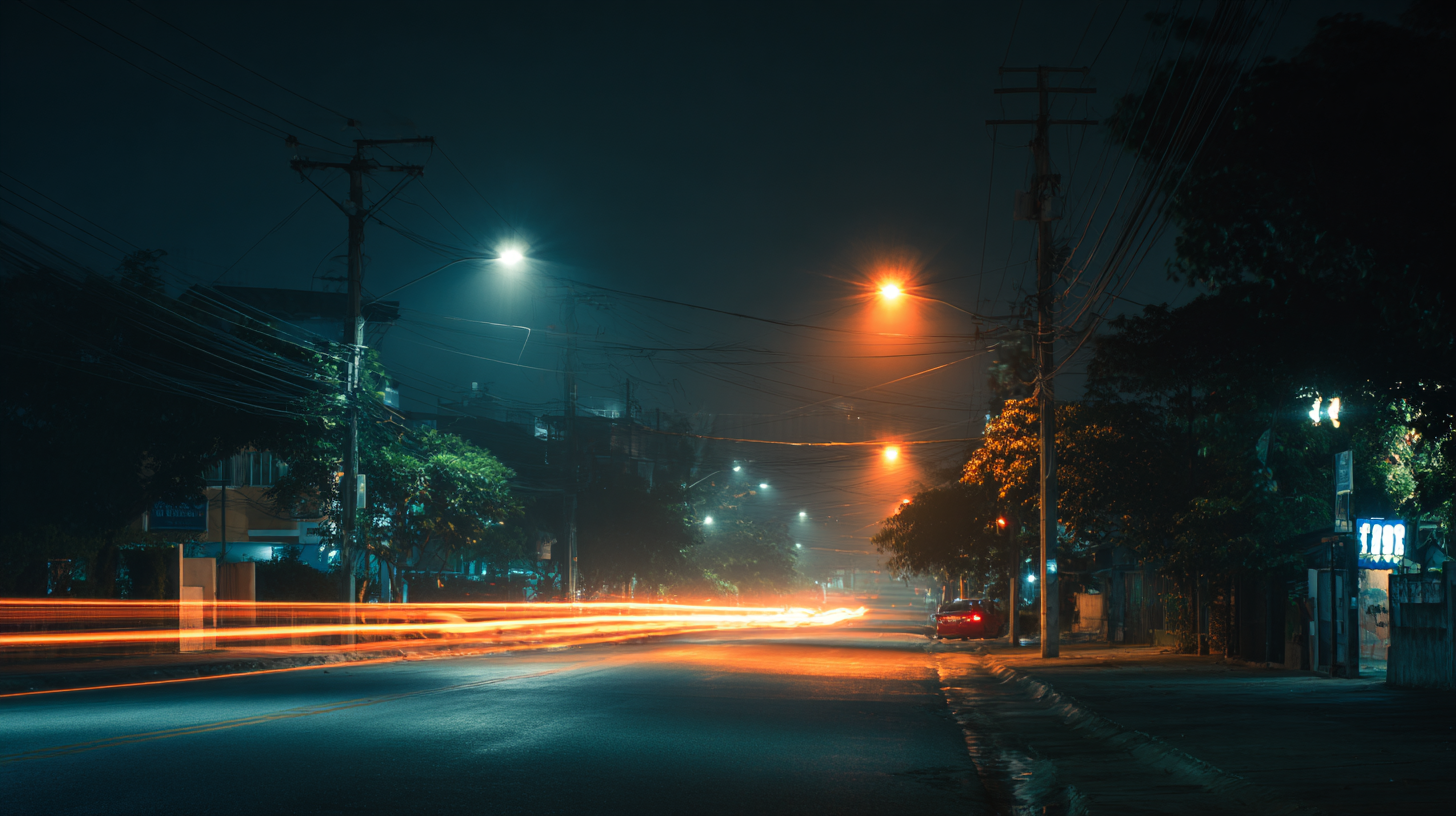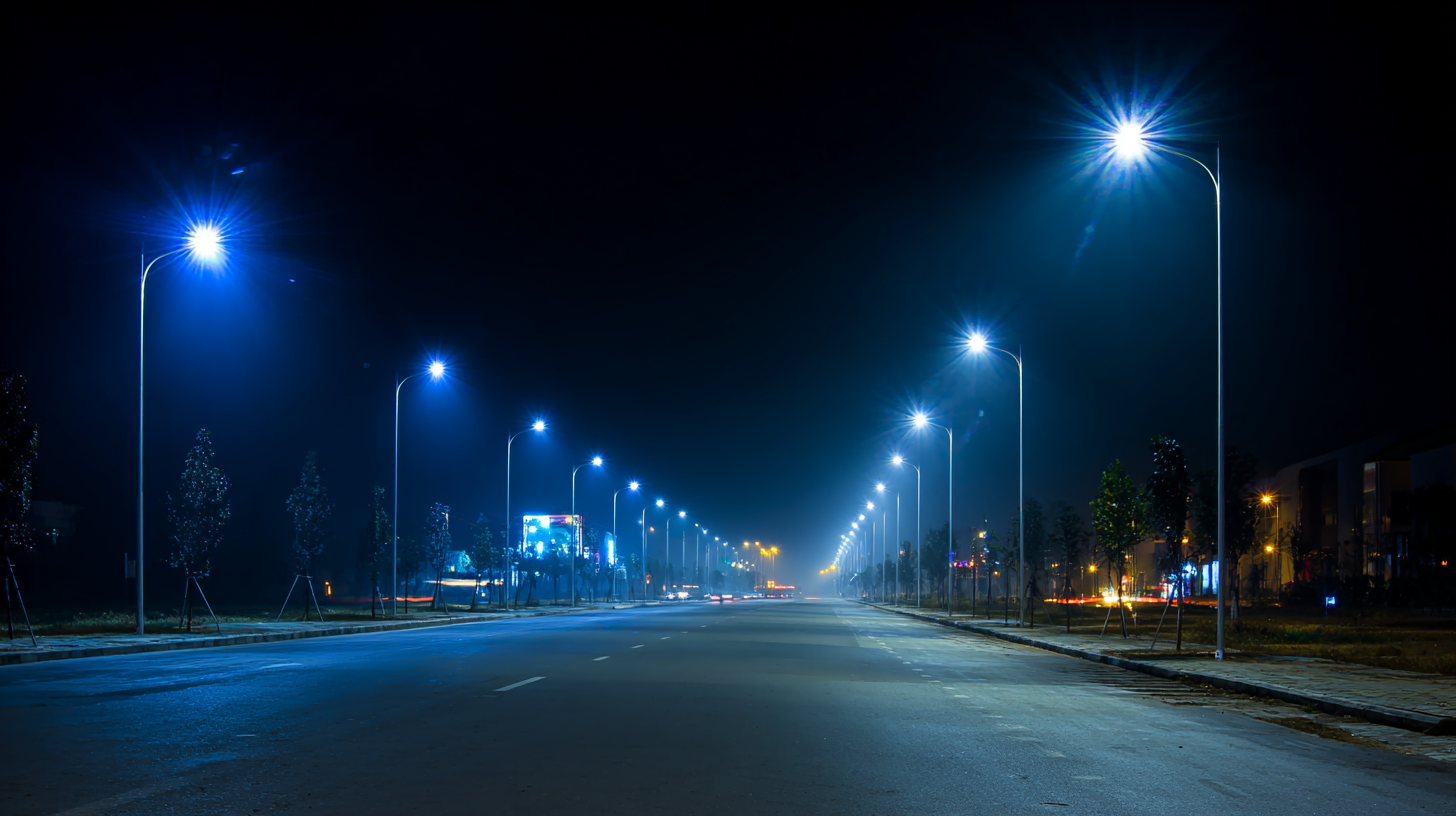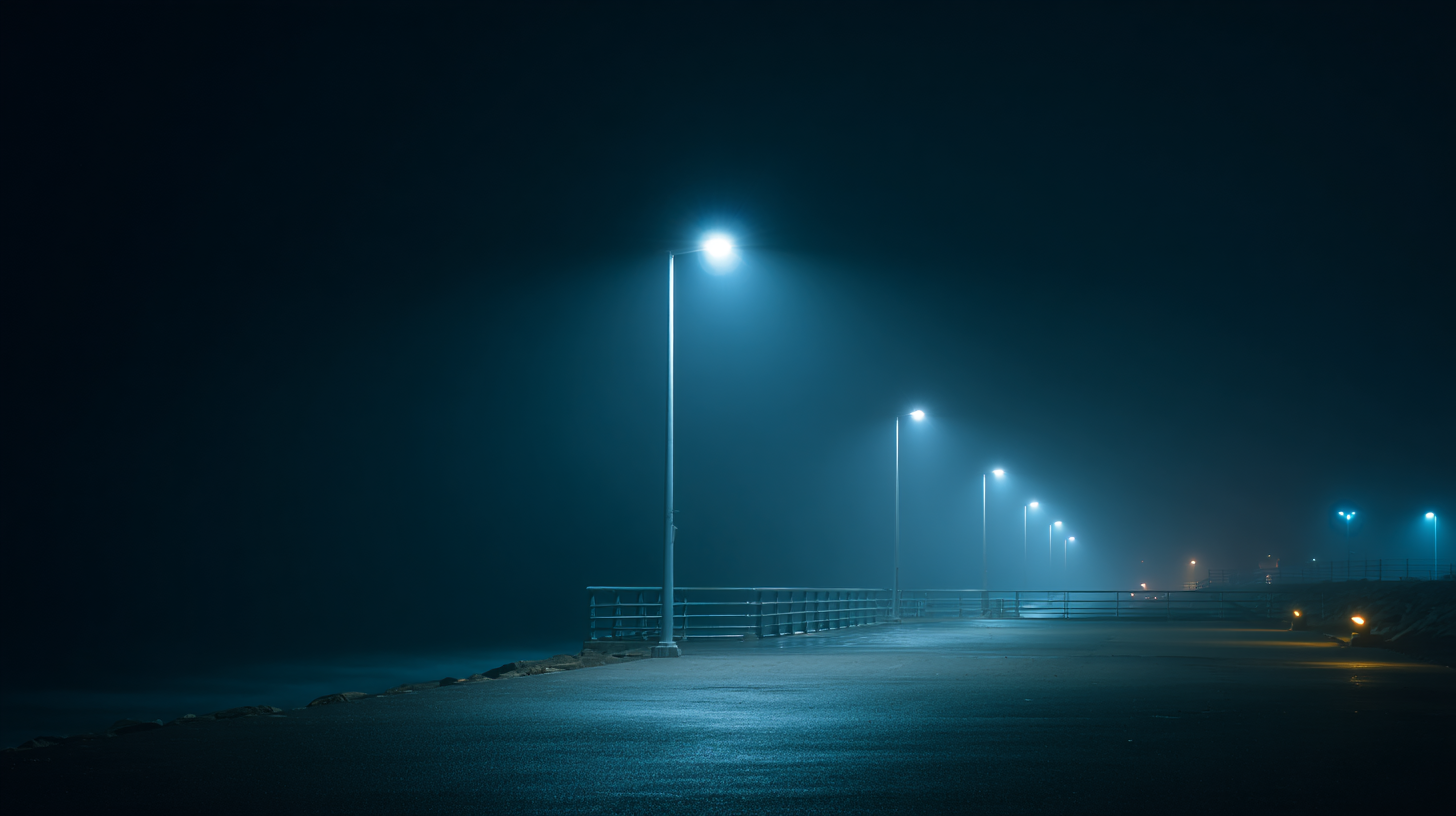News
Challenges in Choosing the Best Solar Led Street Light for Global Buyers
In an era where sustainable energy solutions are paramount, the quest for the perfect Solar LED Street Light has become increasingly essential for global buyers. As cities worldwide strive to enhance their lighting systems while reducing environmental impact, choosing the right solar options presents both challenges and opportunities. This tutorial delves into the key factors influencing the selection of Solar LED Street Lights, including efficiency, durability, design, and cost-effectiveness. With a myriad of products flooding the market, understanding the technical specifications and practical applications is critical for making an informed decision. Whether you're a municipal planner, business owner, or environmentally-conscious consumer, navigating the complexities of solar lighting technology will empower you to choose the best solutions for illuminating your spaces sustainably and effectively.

Understanding the Key Features of Solar LED Street Lights
When selecting the ideal solar LED street light, global buyers face a myriad of challenges, primarily due to the diverse features that define these lighting solutions. Understanding the key features is crucial for making an informed decision. One of the foremost aspects is the brightness of the LED light. Measured in lumens, it determines how well an area is illuminated. Buyers must consider the specific application environment—urban streets, parks, or rural roads—as different settings require varying light intensities.

Another vital feature is the solar panel efficiency. The conversion rate of sunlight to electricity impacts how long the lights can operate during the night. Higher efficiency panels, usually evaluated by their Watt rating, ensure that the system charges sufficiently even in less-than-ideal weather conditions. Additionally, battery capacity and lifespan are fundamental; they dictate not only how long the lights can run after sundown but also how often replacements might be needed. By prioritizing these features, buyers can navigate the complexities of choosing the best solar LED street lights tailored to their specific needs.
Identifying Your Specific Lighting Needs and Requirements
When selecting the best solar LED street lights, understanding specific lighting needs is paramount for global buyers. A key consideration is the required luminosity; different locations and applications may necessitate varying light intensities.
Studies indicate that urban areas typically require brighter lights, around 300-500 lumens per fixture, while rural or less-trafficked areas might only need 100-200 lumens. This differentiation helps ensure optimal visibility and safety.
Moreover, the recent adoption of the European Critical Raw Materials Act highlights the growing importance of materials sourcing in the LED light industry. With demand for rare earth metals projected to increase exponentially, sustainable procurement practices are becoming crucial for manufacturers.
Buyers should prioritize products that not only meet their lighting requirements but also adhere to environmental standards, ensuring that their investment is both effective and responsible. Understanding these nuances will empower buyers to make informed decisions that cater to their specific needs while supporting broader sustainability goals.
Evaluating the Quality and Durability of Solar Panel Components
When selecting solar LED street lights, one of the most critical factors global buyers must consider is the quality and durability of the solar panel components. The efficiency of a solar street light significantly depends on the solar panels' ability to capture and convert sunlight into energy. High-quality solar panels, typically made from monocrystalline or polycrystalline materials, provide better performance and longevity compared to lower-grade alternatives. Buyers should thoroughly evaluate the specifications and certifications of these panels to ensure they meet international standards for efficiency and safety.
In addition to the type of solar panel, durability plays a pivotal role in the overall efficiency and lifespan of solar street lights. Components must be able to withstand various environmental factors, such as extreme temperatures, heavy rain, and even corrosive elements in coastal areas. Opting for street lights with panels featuring protective coatings and robust materials can significantly enhance their durability. Furthermore, understanding the warranty and service options provided by manufacturers can offer insights into the reliability of the product and its long-term performance, ensuring that buyers make a well-informed decision.
Challenges in Choosing the Best Solar LED Street Light
Comparing Cost-Effectiveness Among Different Solar LED Models
Choosing the right solar LED street light is critical for global buyers who aim to balance cost-effectiveness with performance. A recent market analysis indicates that the average cost per lumen for solar LED lights ranges from $0.10 to $0.25, depending on the quality and technology used (Source: Allied Market Research, 2023). Models that utilize high-efficiency solar panels and premium LED chips can provide significant long-term savings by reducing energy and maintenance costs.

Moreover, the lifespan of solar LED street lights significantly influences cost-effectiveness. According to the International Renewable Energy Agency (IRENA), high-quality solar LED lights can last up to 25,000 hours, far exceeding traditional street lights, which typically last around 5,000 to 10,000 hours. This extended lifespan not only minimizes replacement costs but also supports sustainability objectives by reducing the frequency of waste. Buyer considerations must include both upfront costs and potential savings over time, making informed comparisons essential when evaluating different models.
Navigating Installation and Maintenance Considerations for Buyers
When choosing solar LED street lights, installation and maintenance are crucial factors for global buyers to consider. Proper installation ensures the lights function efficiently and meet illumination needs. It is important to select locations with ample sunlight for charging, as this directly impacts performance. Additionally, wiring and mounting systems should be robust enough to withstand local weather conditions.
Tips: Before installation, conduct a site analysis to determine the best lighting solutions for your area. Keep in mind that the angle and position of the lights can enhance visibility and reduce the need for frequent maintenance.
Maintenance is another key consideration, as neglecting it can lead to diminished performance and increased costs. Regularly check for dirt accumulation on solar panels, as this can reduce their efficiency.
Tips: Schedule routine inspections to ensure all components are functioning properly, and consider investing in lights with built-in diagnostics to simplify maintenance. This proactive approach will help extend the lifespan of your solar LED street lights and ensure reliable operation for years to come.
Challenges in Choosing the Best Solar Led Street Light for Global Buyers - Navigating Installation and Maintenance Considerations for Buyers
| Feature | Importance | Challenges | Considerations |
|---|---|---|---|
| Brightness Level | High | Varies between regions and applications | Check lumen output and area coverage |
| Battery Life | High | Discharge in extreme temperatures | Select batteries suitable for your climate |
| Solar Panel Efficiency | High | Variable output depending on location | Measure potential sunlight exposure |
| Installation Complexity | Medium | Requires technical skills for setup | Consider hiring professionals if needed |
| Maintenance Requirements | Medium | Regular checks and cleaning needed | Set a maintenance schedule based on usage |
| Cost | High | Initial investment can be significant | Evaluate long-term savings versus upfront cost |
